You probably know the world-famous Japanese label called Comme des Garçons. But do you know where the origin of this brand comes from. Who is Rei Kawakubo, this emblematic figure of fashion? Sit down comfortably, take a big coffee cup and get on board for the success story of this iconic woman from the haute couture landscape.
Discover our selection of Comme des Garçons products.
.jpg)
Rei K, a philosophy of life centred on free creative and work
Rei was born during the war, more precisely on October 11, 1942, in Tokyo, in the land of the rising sun. It is by affinity and curiosity that she enters the double curriculum of fine arts and literature at Keio University. The artistic universe of “Nippon” will assert itself and be refined during her years as a student where she lays the first stones to the building of her life.
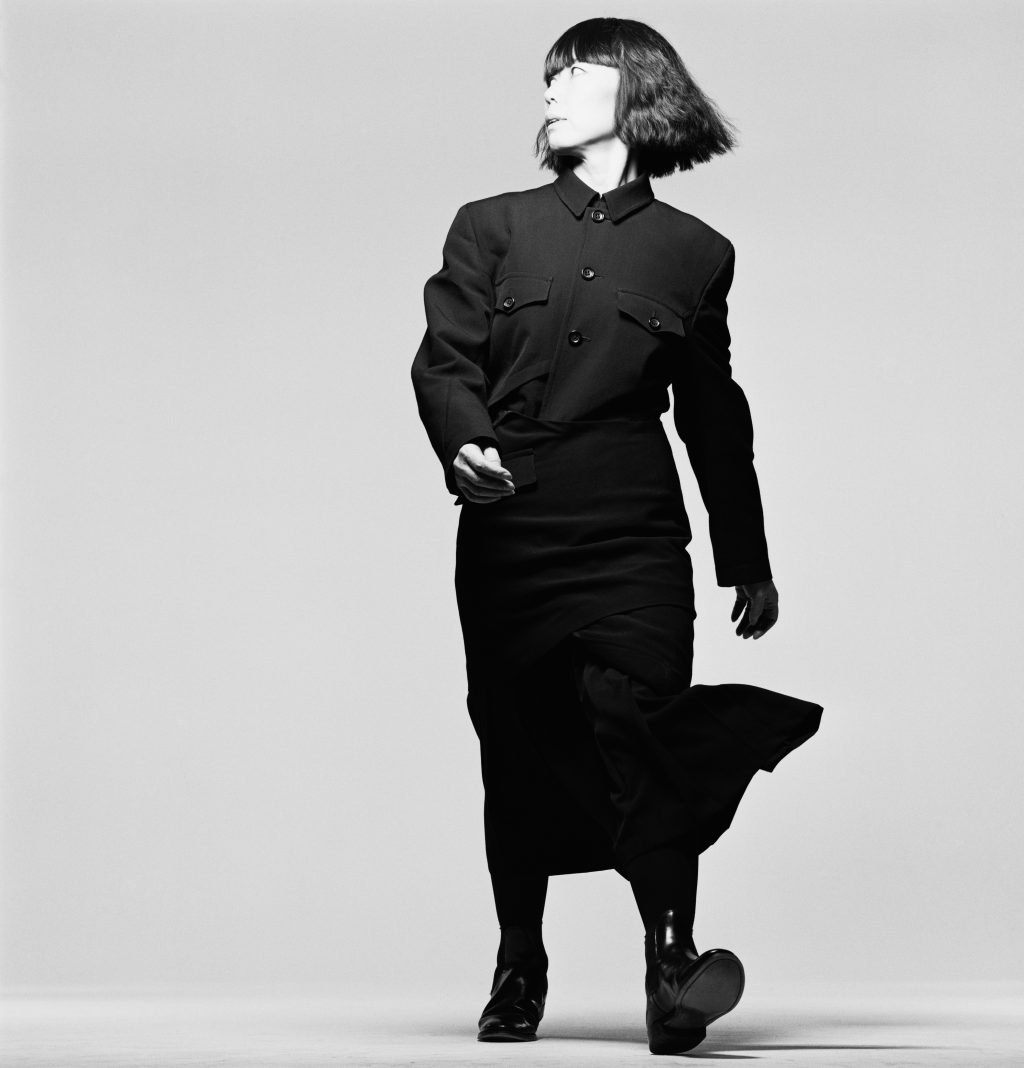
Gifted with an erased temperament but already freed from the establishment, she wants to be FREE. The young woman sets no limits to her work and to the discovery of the major arts. But what really makes her vibrate is fashion and especially what is done in Paris. At the age of 22, after completing her studies, the future designer tried to set foot in the professional world.

1966 – 24 years old – The turning point is reached!
At the age of 24, Rei Kawakubo got a food job in the communication department of a chemical and textile manufacturer. At the same time, she makes her outfits to assert her difference. She will not be in this position for long. Rei, in her work, needs to be linked to art, creation. She therefore launched herself as a freelance stylist in Paris to deepen her knowledge of the art of creating clothes.

Unable to find clothes that she likes for her shootings, tired of making the pieces she is looking for. It is only natural that she should launch her own brand. The “Nippone” leaves Paris to bring her project to life in Japan without any diploma in fashion design in her pocket.
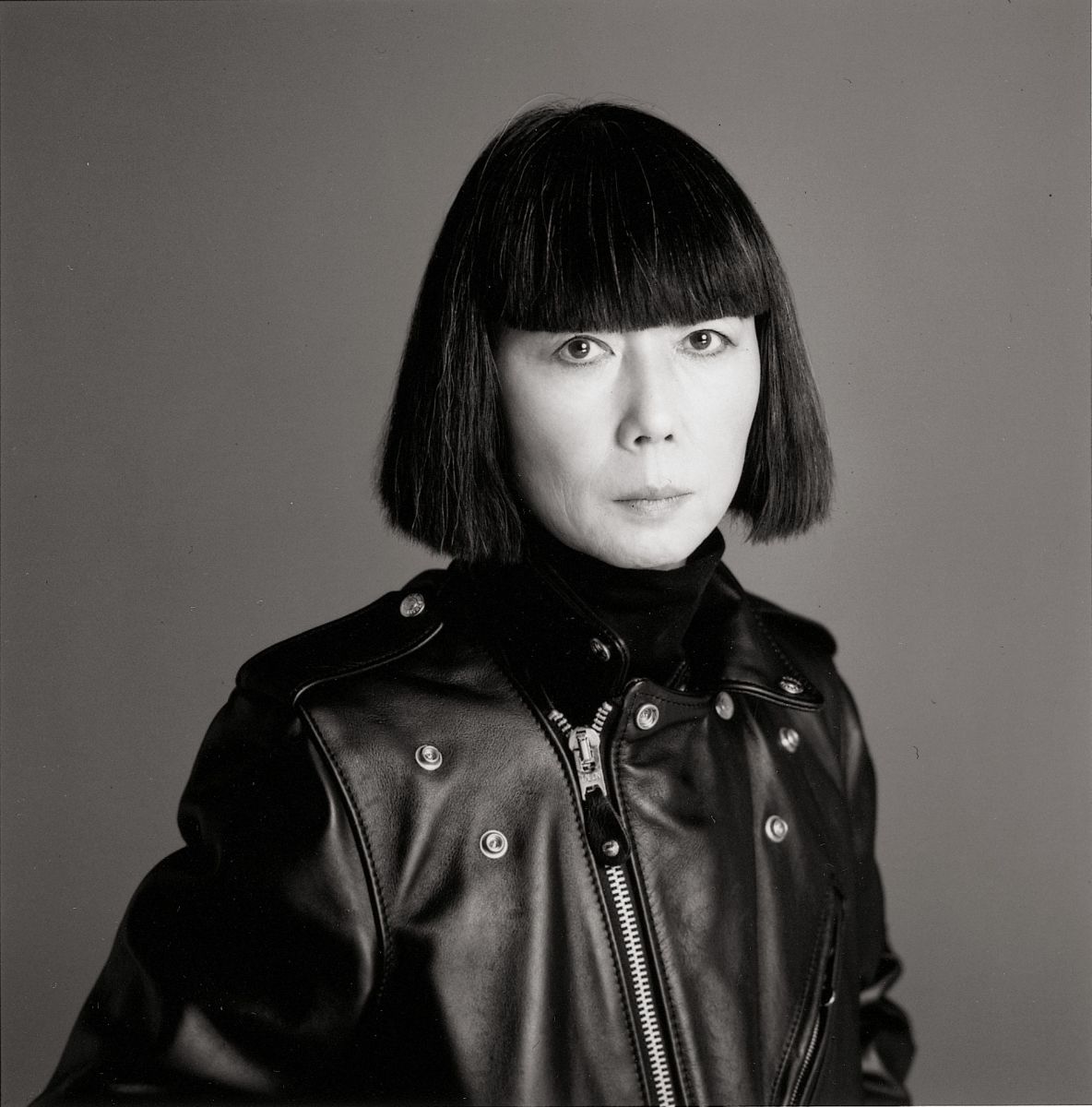
1969 – 27 years old – His destiny is on the move
The Comme des Garçons brand was created in Tokyo. Her line is intended only for women, whom she does not hesitate to dress with completely revised pieces of the men’s cloakroom.
Four years later, the designer opened her first boutique in Tokyo, setting up the brand’s non-conformist: empty shop windows, clothes at the back of the store and no mirrors at all.

The message is clear: you buy a Garçons model (as the Japanese call it) for what it brings and not for what it makes you look like. In his country, which we must not forget, is conservative and regulatory. The designer with a black millimetre square quickly earned a reputation as an iconoclastic rebel who caused many indignation. She is nicknamed “the Raven” because of her many dark or monochrome pieces that are very representative of her work.
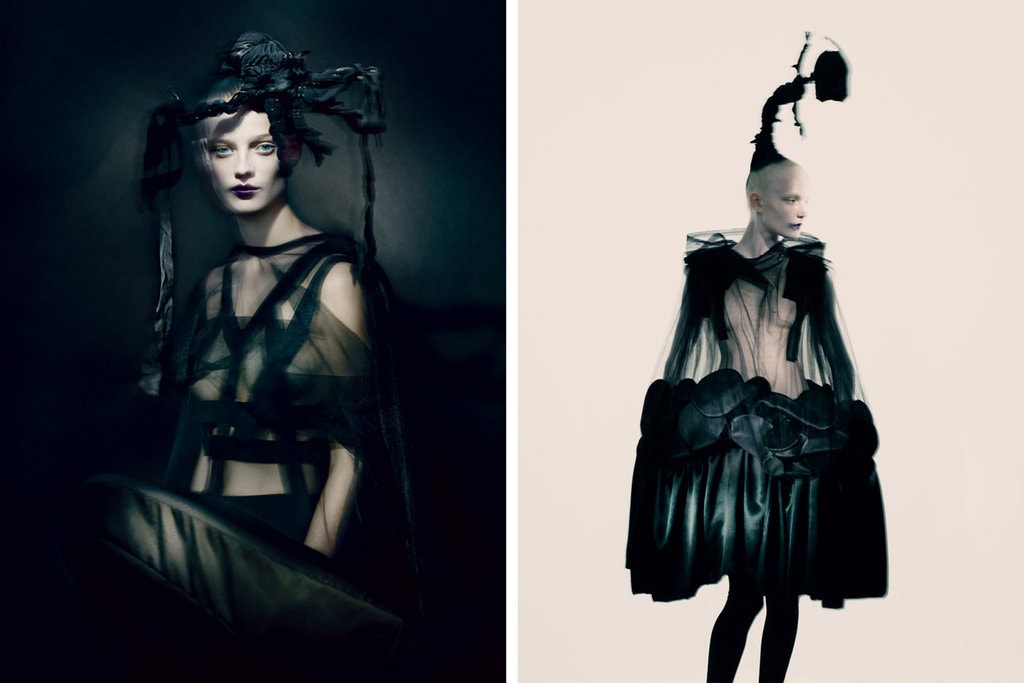
1981- 38 years old – Hiroshima chic
His non-conformist and radical vision arrived in Paris in 1981. The Japanese hurricane, which has broken the fashion dictates imposed on women for two decades, has stunned the Parisian public. The spectators who had just attended the first Comme des Garçons fashion show during Paris fashion week were surprised by the atmosphere of the label. On that day, enigmatic silhouettes dressed in frayed, perforated and spun fabrics, monochrome dresses, with the aspect of “defeated, deconstructed and skinned”, mark a total contrast with his contemporary counterparts.
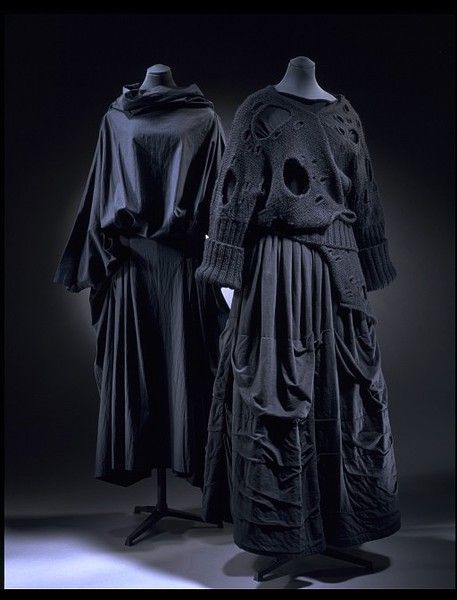
They challenge the bodies eroticized by ultra-feminine and sexy outfits that invaded the podiums of the time. The press will try to mask her misunderstanding by titling their articles “Hiroshima chic” or “Post atomic“; not really understanding the artistic universe of the Tokyo-based designer.

But the self-taught person doesn’t care about any of that, his purpose is not to please.
Moreover, it has lost interest in the media and claims its freedom not to want to please.
“Art cannot be explained, it is felt, everyone has their own perception of the work and explaining it could alter these feelings. “Rei Kawakubo
Instinctive or delicate strategist? Most certainly both, but it doesn’t matter since the success is total in the street fashion sphere.

The following year, she repeated with the Destroy collection. Then, in 1982, she opened her first boutique Comme des, as the French call it. The “No Fashion” trend is created. Japanese creators are pouring into France to shake up the capital in its conformity. Everything is reinvented: cuts, colour palettes, silhouettes, volumes, mannequins. They are the architects of this new trend.
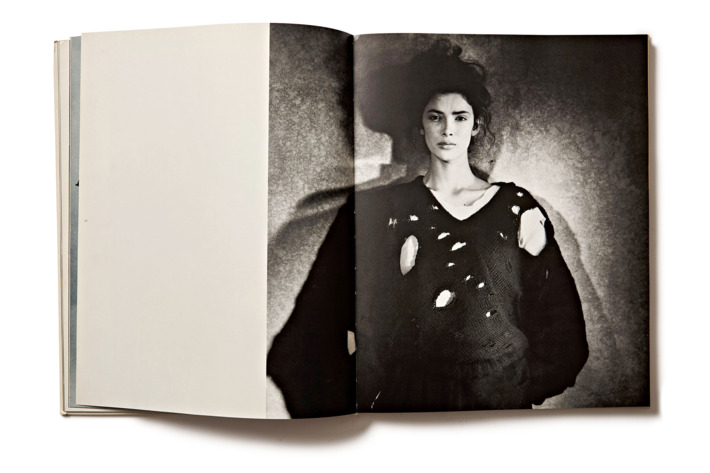
1988 was the year of the launch of the bi-annual journal Sixth Sense, which featured his works as well as those of other creators. There are also photography, design, visual arts and literary texts. All these activities give her a special place in the very elitist world of fashion.

2003 – 61 years old – Birth of Comme des Garçons Play
For several years now, Rei Kawakubo has been surrounded by an ingenious new wave of Japanese designers for the development of her house Comme des Garçons. It also gives them the opportunity to create their own lines under the brand “Comme des”. The elected officials are: Junya Watanabe, Tao Kurihara and Fumitu Ganryu, in 1992, 2005 and 2007.
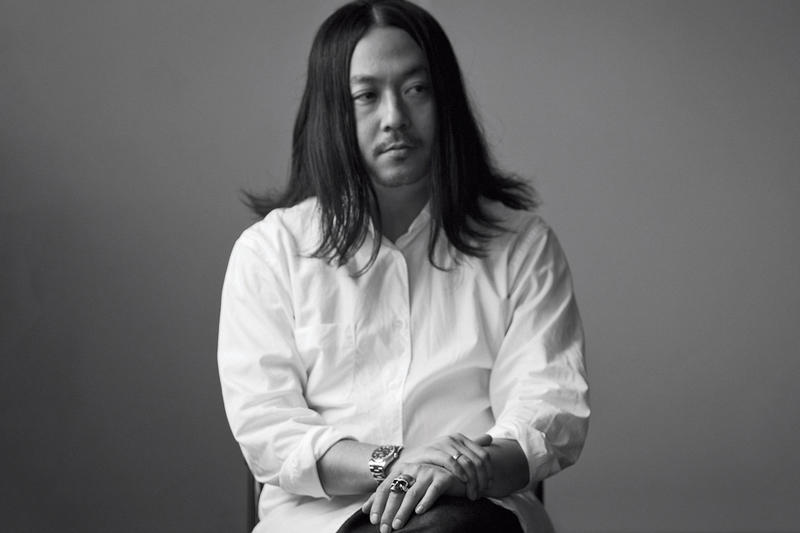
No wonder that in 2003 the designer decided to create the Play line, which she described as being the range that plays, that has fun peeling. But this line also gives meaning to the symbol, the sign and the feeling. The idea is there but it needs a particularity, a symbol… OF SYMBOL.

During the 1980s, the designer was contacted by an artist, Filip Pagowski; highly appreciated for her cheerful and somewhat childish works, totally out of step with what was being done at the time. The appointment is made to present him with his pictures of a fashion performance. This is followed by a series of meetings/invitations to the respective events of the two artists.
.jpg)
It is likely that it was during this period that the link between the two artists was born. It was in 1992 that the symbol was found.
“the image of the heart arrived during their many exchanges, but independently of the creation of the game line. It is as if Rei Kawakubo and I had been subliminally affected by each other’s work.” Filip Pagowski
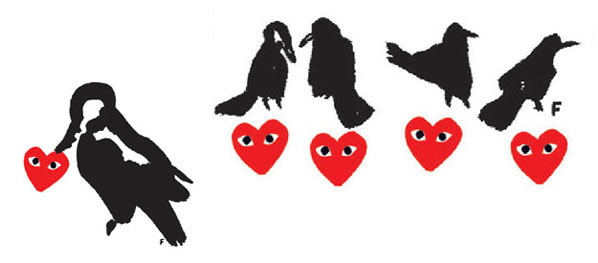
“I remember working on something… not related to anything. I had this idea of a red heart with a pair of eyes. I drew it instantly. This logo was intended for a completely different project. ” Filip Pagowski
Rei decides to keep this symbol, it’s instinctive, she knows it’s a sign of another story. In 2003, the symbol emerged from the drawers to be associated with the Play range: sweaters, cardigans, polo shirts, t-shirts, shirts. The line rethinks the classics of women’s and men’s dressing rooms.

2004 – 62 years old – From evolution to revolution.
At the dawn of the 21st century, great fashion designers disappeared from the podiums. They face the challenge of reinventing themselves to survive in an increasingly volatile and demanding world. The self-taught designer does not draw her creations. It follows an idea that is part of a reflection of every moment, marked by doubts and dissatisfaction.

Persisting for three decades is a challenge when you know that twice a year you have to transcend what has been done. But it is there that the character surprises us and makes us admire him. Not only is it reinventing itself, but it is also revolutionizing international fashion.
In 2004, Rei Kawakubo and her husband Adrian Joffe launched the very first ephemeral stores in cities where there is no Comme des Garçons store. The two acolytes confide their unsold items and also give some rules:
1. Customers may not spend more than $2,000 per store.
2. Stores should not be managed by fashion professionals.
3. The store cannot exist for more than one year.
In total, more than 37 Guerrilla shops, from Berlin to Singapore and the Icelandic capital, are being created with virtually no investment.
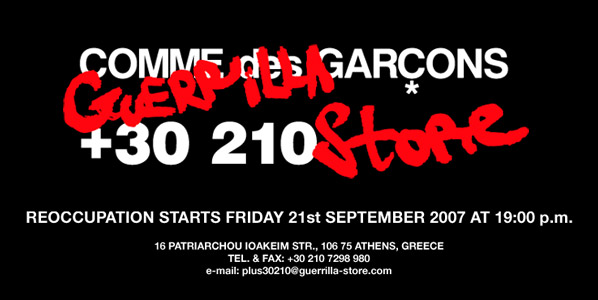
The same year, the prolific Rei Kawakubo opened her first concept store, the famous Dovers Street Market, which means “beautiful chaos”, following her logic of breaking the rules. The instinct dictates that it offers its demanding and innovative customers a revolutionary space. For this woman, symbol of women’s ready-to-wear, decided to mix the different ranges of “Comme des Garçons“. It integrates interesting and avant-garde designers in a luxurious and creative place.
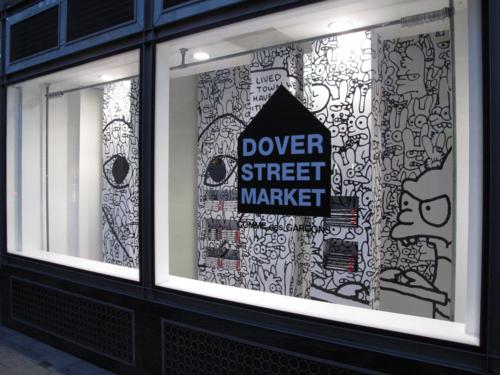
A journey through everything that touches the creator, as if we were getting the key to her sanctuary to better understand what has nourished her for so many years. We feel like in an art gallery, like caught up in these objects that have become the space for visiting the works of art that can be owned.
From collaborations to collaborations…
Collaborations is also the incredible success of Comme des Garçons et Converse. First the Chuck Taylor All Star in 2009, then the Jack Purcell in 2011, the Pro Leather in 2013, and finally the Chuck Taylor 70’s in 2015. Each new model is sold out the first week of its release.
The Nike, Lacoste, Moncler, Louis Vuitton, Levi’s… brands have also collaborated with the designer.

Today, Rei Kawakubo owns almost the entire “Comme des Garçons” company, which employs 800 people and has a turnover of over €200 million.
About Comme des Garçons, find more articles here:
- Comme des garçons play, a style statement
- The collaboration between converse and Comme des Garçons
- Junya Watanabe, precursor and protégé of Comme des Garçons
by Harmony Chirle
